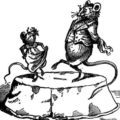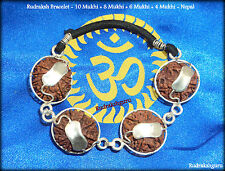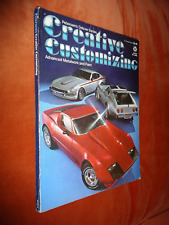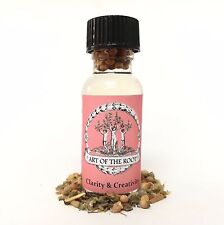
Evidence is growing that a link exists between mood disorders and creativity, say researchers from Stanford University. They’ve shown for the first time that children who either have, or are at high risk for, bipolar disorder (manic-depressiveness) score higher on a creativity index than healthy children. It also seems that children with bipolar parents – although the children were not bipolar themselves – scored higher than the kids in the healthy group.
This new study, appearing in the Journal of Psychiatric Research, compared the creativity test scores of children – aged between 10 and 18 – of healthy parents with the scores of children of bipolar parents. Half of the children of bipolar patients also had bipolar disorder; the other half had attention deficit hyperactivity disorder, which appears to be an early sign of bipolar disorder in offspring of parents with the condition.
The participants undertook psychiatric evaluations and then completed the Barron-Welsh Art Scale (BWAS), a test that seeks to provide an objective measure of creativity. The researchers found that the bipolar parents had 120 percent higher BWAS scores than the healthy parents. The children with bipolar and the children with ADHD had, respectively, 107 and 91 percent higher BWAS scores than the healthy children. “I think it’s fascinating,” said Kiki Chang, co-author of the paper. “There is a reason that many people who have bipolar disorder become very successful, and these findings address the positive aspects of having this illness.”
Study co-author, Terence Ketter, said he became interested in the link between mental illness and creativity after noticing that patients who came through the bipolar clinic, despite having problems, were extraordinarily bright, people who “tended to lead interesting lives.” In an earlier study, he showed that healthy artists were more similar in personality to individuals with bipolar disorder than to healthy people in the general population. It’s possible that bipolar disorder or mania, a defining symptom of the disease, causes creative activity. “In this case, discontent is the mother of invention,” Ketter said.
Children with ADHD were included in the study so creativity could be assessed before the onset of full bipolar disorder. Interestingly, the researchers had hypothesized that the scores of children with ADHD would differ significantly from the scores of bipolar children so they were surprised when they didn’t. Chang believes this indicates that mania is not what is fueling the creativity. “The kids with ADHD who hadn’t been manic yet still had very high levels of creativity,” he said.
It’s possible that creativity and bipolar may have important genetic components that are transmitted together inter-generationally. There have only been limited studies investigating this and the Stanford study is the first to specifically examine creativity in the offspring of bipolar parents. “The results of this study support an association between bipolar disease and creativity and contribute to a better understanding of possible mechanisms of transmission of creativity in families with genetic susceptibility for bipolar disease,” conclude the researchers.


















Comments are closed.